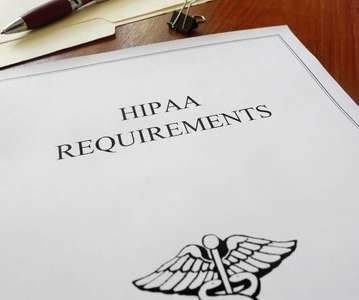RAG in Healthcare: Your Complete Guide to Its Implementation
Arkenea
JUNE 23, 2025
From electronic health records and clinical research papers to medical imaging reports and patient communications, the sheer volume of healthcare information grows exponentially each year. Yet accessing the right information at the right time remains one of the biggest challenges facing medical professionals today.


















Let's personalize your content